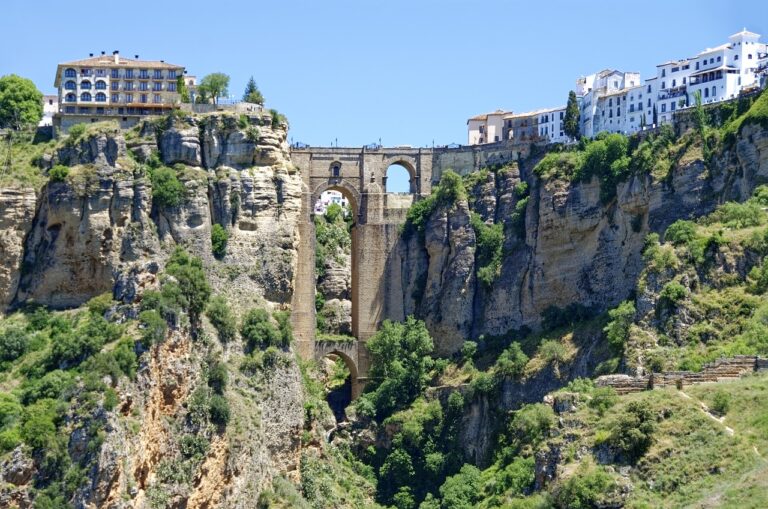Sustainable Ski Tourism: Balancing Recreation with Environmental Conservation in Alpine Destinations
The rapid expansion of ski tourism in alpine destinations has created a myriad of challenges for both the environment and local communities. As ski resorts strive to attract more visitors each year, issues such as congestion, overdevelopment, and increased pollution have become prevalent in these picturesque mountain regions. The delicate balance between catering to tourists’ demands while preserving the natural beauty of the landscape poses a significant dilemma for stakeholders involved in the ski industry.
One of the primary concerns stemming from the rise in ski tourism is the impact on the local ecosystems and wildlife. The construction of ski infrastructure, including chairlifts, lodges, and ski runs, often encroaches on vital habitats for various species, disrupting their natural behaviors and migration patterns. Additionally, the influx of tourists brings with it a surge in noise pollution, waste generation, and disturbance to the delicate ecological balance of these pristine mountain environments. As a result, finding sustainable solutions to mitigate these detrimental effects on local wildlife is imperative to ensure the long-term viability of ski tourism in alpine destinations.
The Impact of Ski Resorts on Local Wildlife
Ski resorts in alpine destinations attract visitors from around the world, providing them with thrilling experiences on the slopes. However, the construction and expansion of these resorts can have significant impacts on the local wildlife. The clearing of land for ski runs, accommodations, and infrastructure can disrupt natural habitats, forcing wildlife to adapt or relocate to survive in a changing environment.
Additionally, the increased human activity in these areas can lead to further disturbances for wildlife. Noise pollution, light pollution, and the presence of crowds can all contribute to stress and displacement among animals. This interference in their natural behavior patterns can have long-term consequences on the local wildlife population and ecosystem dynamics.
How do ski resorts affect local wildlife?
Ski resorts can have a negative impact on local wildlife through habitat destruction, disturbance, and fragmentation.
What are some specific challenges faced by wildlife in alpine destinations due to ski tourism?
Some challenges include displacement from their natural habitats, increased human-wildlife interactions, and disruption of migration patterns.
How can ski resorts mitigate their impact on local wildlife?
Ski resorts can implement measures such as protected wildlife corridors, habitat restoration projects, and limiting development in critical wildlife habitats.
Are there any regulations in place to protect wildlife in ski resort areas?
Some regions have regulations in place to protect wildlife, such as designated conservation areas and restrictions on development in sensitive habitats.
What can visitors to ski resorts do to help protect local wildlife?
Visitors can follow designated trails, avoid feeding wildlife, and support sustainable tourism practices that prioritize the preservation of natural habitats.





